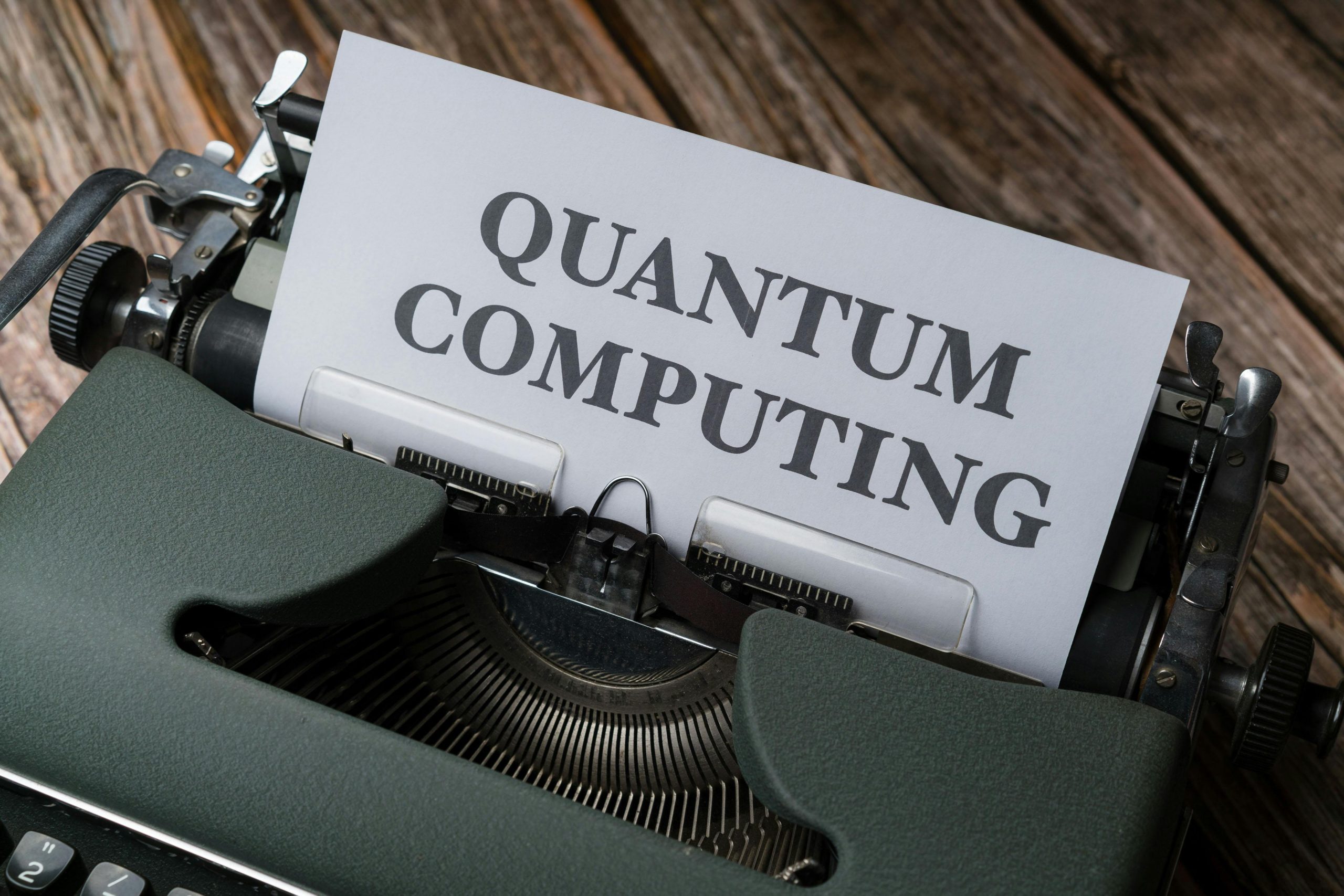Understanding the Distinction Between a Human Being and a Human Doing: Implications for AI
Understanding the Human Experience: Being vs. Doing and the Implications for AI
In today’s world of rapid technological advancement, a thought-provoking distinction arises: what sets apart a “human being” from a “human doing”? This intriguing comparison raises questions not only about the nature of human existence but also about the evolving capabilities of artificial intelligence.
The Essence of Being vs. Doing
At the core of this discussion lies the concept of “being.” A human “being” transcends mere physical activities; it encapsulates the essence of self-awareness and consciousness. When one considers a human in the context of “thinking,” activities such as sitting, sleeping, or driving come into play. Each of these actions may seem mundane, yet they can involve complex processing of thoughts and emotions.
Reflecting on this, we must ask: does the act of thinking fundamentally change when partaking in various activities? For instance, is critical contemplation different from a moment of idle relaxation? The nuances of our mental state during these activities can vary greatly, leading to a rich tapestry of human experience.
The Meaning of Meditation
Meditation serves as an intriguing example of this distinction. It is often seen as a means to promote mindfulness and foster a deeper connection with one’s thoughts and surroundings. But what precisely constitutes meditation? This practice encourages an introspective state of mind, steering individuals toward heightened awareness and relaxation.
As we delve into the realm of artificial intelligence, it’s necessary to consider whether an AI can engage in a similar practice. While AI can process vast amounts of information and simulate interactions, does it possess the capability for genuine self-awareness or introspection? Can it truly “meditate,” or is it merely executing programmed responses?
The Implications for Artificial Intelligence
The questions surrounding the differences between a human being and a human doing become particularly salient as we navigate the future of AI. These distinctions help us understand our own humanity while also shedding light on the limitations of artificial systems. While AI continues to improve, its lack of consciousness means it cannot experience life in the same profound way that humans do.
Ultimately, this exploration compels us to reflect on the very nature of existence and what it means to truly be alive, conscious, and engaged with the world. As we continue to advance technologically, understanding these differences helps us shape a future where human experiences are cherished, even as machines become increasingly capable.
In conclusion, as we ponder the essence of being versus doing, let us also consider the invaluable traits that














Post Comment